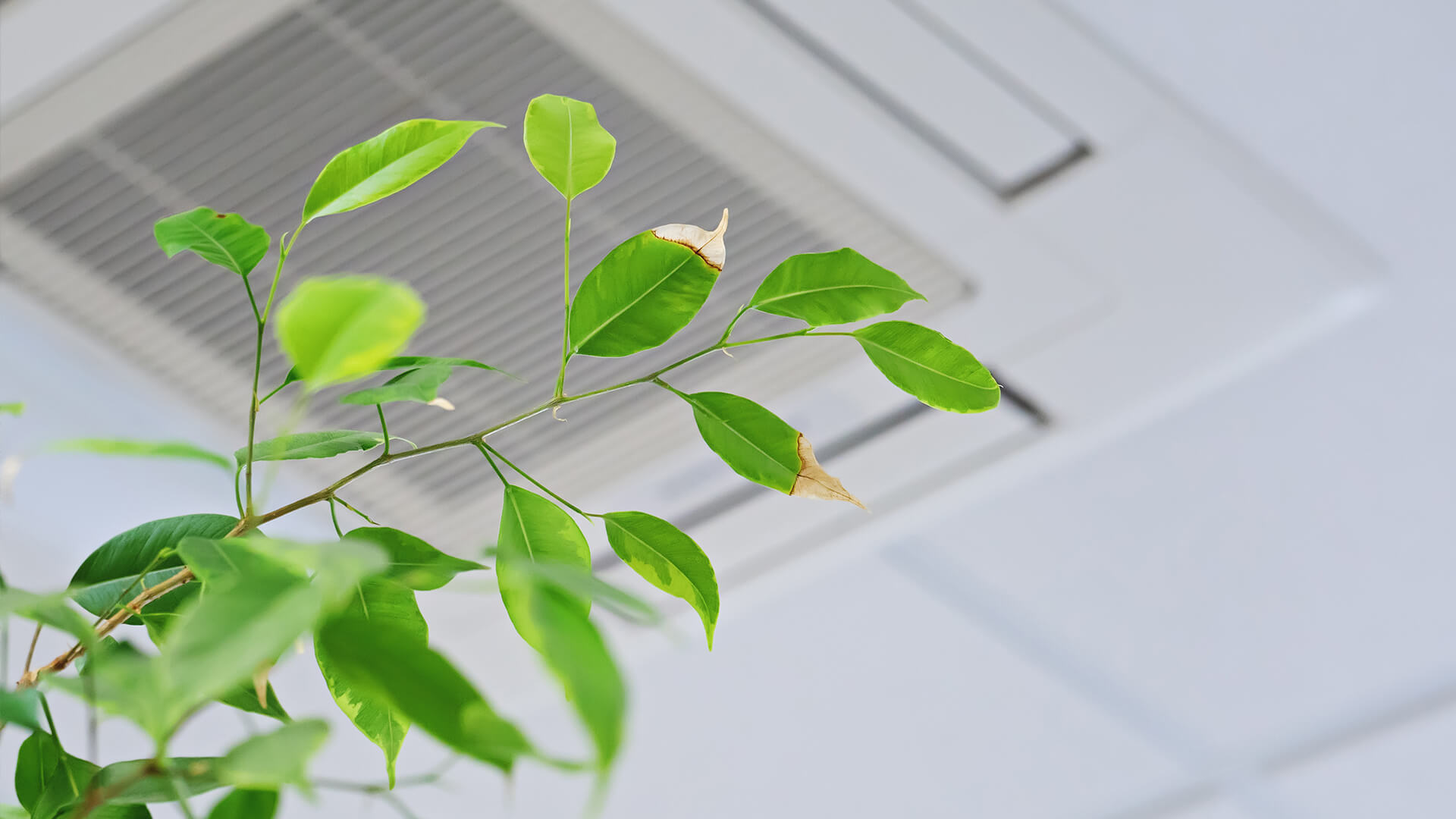Air is essential to life. It is important that human breath in quality air to avoid been faced with the health challenges of polluted air intake. The indoor air quality can be degraded by human activities within the building and also by the nature of surrounding outdoor air. Air pollutants have several health impacts which range from mild to severe symptoms. It is important to ensure the air within buildings are less polluted to prevent risk of exposing occupants to pollutants.

INTRODUCTION.
There has been several news about families dying overnight as a result of generator fumes. Recently, a family was reported dead the first night they packed into their newly built apartment. Indoor Air quantity is very significant because degradation of this quality leads to acute exposure to air pollutants within a confined area.
Air is an essential requirement for live without which living organisms would die. Quality air is essential for health. This has become a thing of concern across the globe because most human activities are carried out within buildings such as offices, schools, restaurants homes and so on. The quality of air within these buildings should be maintained to ensure healthy living.
According to Godson et al., indoor air pollution poses health risks to all, and the severity depends on age, sex, physiological conditions and individual predisposition. Indoor air pollution usually occurs due to pollution from surrounding outdoor air, building materials and activities within the building. Ventilation is a major factor within the building upon which the severity of air pollution is dependent. Health issues associated with indoor air pollution include dizziness, sneezing, coughing, nasal congestion, wheezing, and diseases of the lungs.
Evidences indicated that developing countries are at higher risk of poor indoor air quality due to poor ventilation system in most homes and inefficient cooking materials.
OVERVIEW OF INDOOR AIR POLLUTANTS AND POTENTIAL IMPACTS ON HUMAN HEALTH
Inorganic gases are generated indoors due to some activities carried out therein. Cooking for instance involves combustions of fuels and these generate gases such as sulfur dioxide (SO2) Nitrogen dioxide (NO2), carbon dioxide (CO2) carbon monoxide (CO). CO is formed during incomplete combustion and this causes suffocation because of its ability to bind with heamoglobin preventing oxygen. Junfeng reported that NO2 causes respiratory illness. Ozone can also be found indoor due to the use of photocopiers, air purifiers, disinfectant and so on. Ozone exacerbates asthma, reduces resistance to cold and causes breathing problems. Other gases in this category are acidic gases (HCl, HNO3) and Radon. HCl are linked to outdoor-indoor transport & thermal decomposition of polyvinyl. HNO3 however, is formed in photochemical smog outdoor and also during interactions of ozone, water vapour and nitrous oxide. These are said to be corrosive to both biological tissues and materials. Radon is an inert gas produced during the decay of radium 226. The main concern with Radon is its ability to cause lung cancer. Source of this gas include domestic water supplies and building materials.
Volatile Organic Compounds include xylene which can be found in paints, adhesive; benzene found indoors are due to their presence in paints strippers, glues and some cleaning agents. Others VOCs include styrene, formaldehyde methylene chloride. Health effects of formaldehyde are nose, eyes and throat irritation. Xylene causes depression of central nervous system while acute styrene exposure causes muscles weakness, mucus membrane irritation and chronic exposure causes hearing loss and kidney damage.
Biological air pollutants include microbe such as protozoa, bacteria, fungi and viruses. Marios et al., state that these organism build-up with the presence of moisture and microclimate. Microbes normally are components of air. However, their presence can multiply with increase in relative humidity of the surroundings. There have been cases of build-up of these organisms indoors. For instance, Ana et al., reported that Psuedomonas, Staphylococus and Bacillus spp were isolated in a daycare center in Nigeria. Microbes laden air can impact human health. Douwes, states that fungi such as Penicillum, Altemania and Aspergillus causes asthma and allergic respiratory diseases.
FACTORS CONTRIBUTING TO INDOOR AIR QUALITY DEGRADATION
Ventilation system is of paramount importance in buildings, it puts into consideration environmental parameters such as air movement, humidity, temperature, and air velocity. These parameters help reduce the concentration of air pollutants within the building. This reduces risks faced by occupants. This is the reason why a room locked up without allowing free flow of air would be stuffy and uncomfortable to stay in when compared with that whose windows are left opened. Yousef et. al., reported that poor ventilation increases risk of occupants to dust, moulds, and other air pollutants, making them more susceptible to asthma, hyper-sensibility pneumonitis and allergic symptoms.
Population and lifestyles of occupants contributes to the degradation of indoor air quality. For instance, activities such as cooking, sweeping and smoking can contribute to degradation of air quality. For healthy living, there’s an ideal number of occupants in rooms. An overcrowded building would impair air quality in such building. Take for example a tenement building with each room accommodating different familie is expected to hinder free flow of air, thus causing build-up of air pollutants. Toivola et. al., in their study state that bacterial build-up was highest in building with highest population. This is the reason why there is maximum number of occupants expected within buildings to ensure healthy living within homes.

CONCLUSION AND RECOMMENDATION
Degradation of indoor air quality can be fatal because it results to acute exposure to air pollutants. Hence, it is important that air within buildings are not polluted to ensure healthy living and productivity because almost all humans activities are within buildings.
REFERENCES
- Godson, R. A., Oyewale, M. M. and Gregory, A. F. (2015). Indoor Air Quality and Risk
Factors Associated with Respiratory Conditions in Nigeria. http://do.doi.org/10.5772/59864
- Junfeng, J. Z and Kirk, R. S. (2003). Indoor Air Pollution: A Global Health Concern. British
Medical Bulletin 2003; 68: 209-225., DOI: 10.1093/bmb/1dg029
- Douwes, J. (2005). (1: >3)-Beta-D-glucans and Respiratory Health: A Review of the
Scientific Evidence. Indoor Air; 15(3): 160-169
- Toivola, M., Alm, S., Reposed, T., Kolar, S. and Nevalainen, A. (2002). Personal Exposures
and Micro-environmental Concentrations of Particles and Bio-aerosols. Journal of Environmental Monitoring; 4:166
- Yousef, A. H., Arif, M., Katafygiotou, M., Mazroei, A., Kaushik, A. and Elsarrag, E. (2016).
Impacts of Indoor Environmental Quality on Occupant Well-being and Comfort: A Review of the Literature. International Journal of Sustainable Built Environment; 5(1): 1-11.
